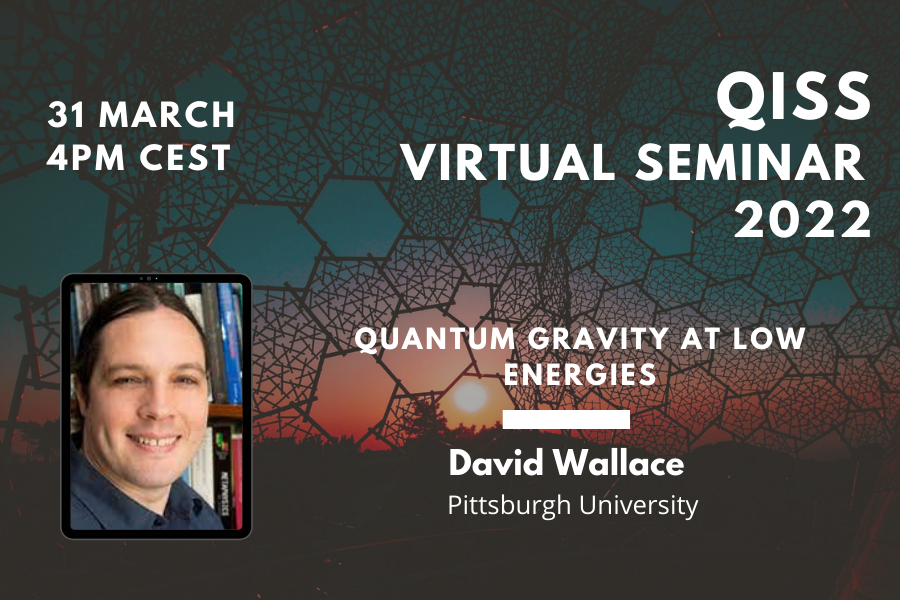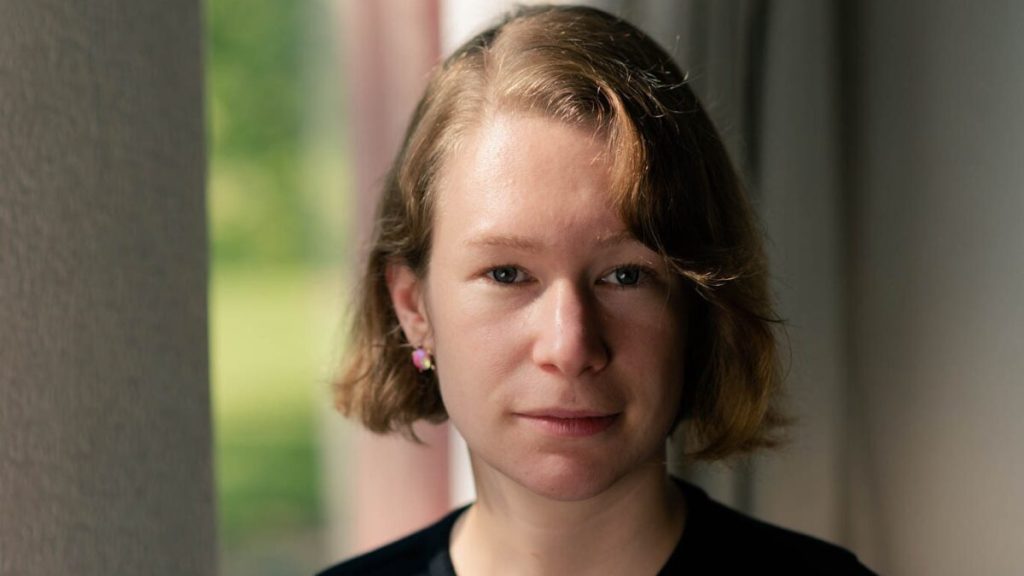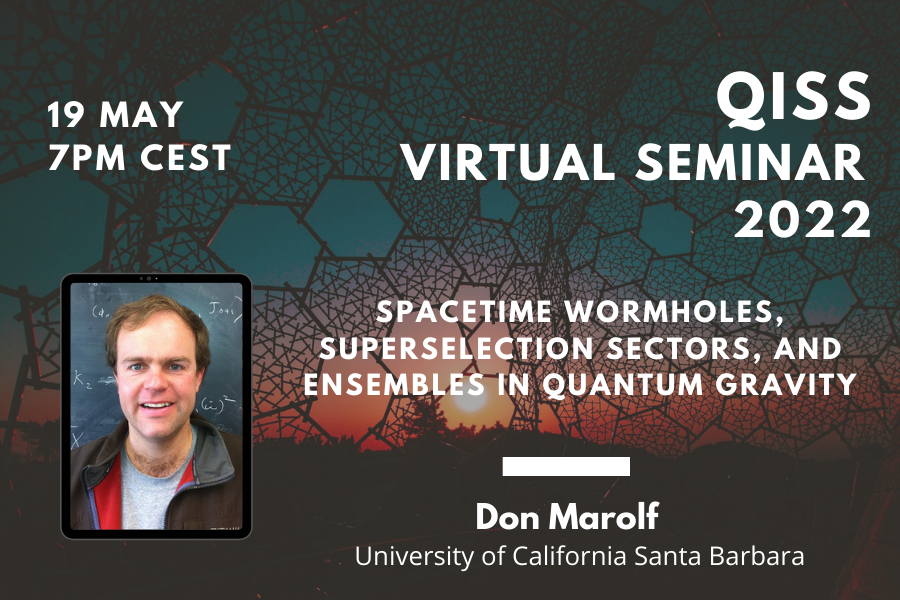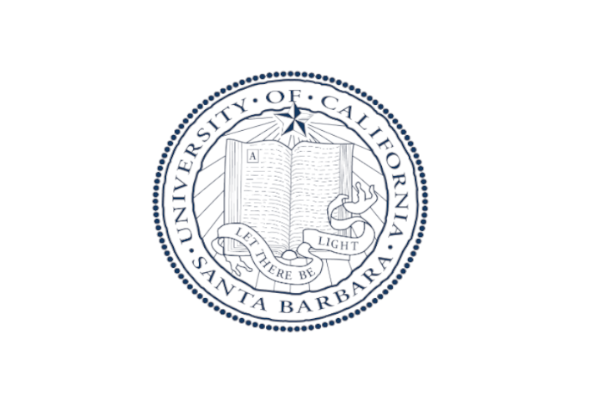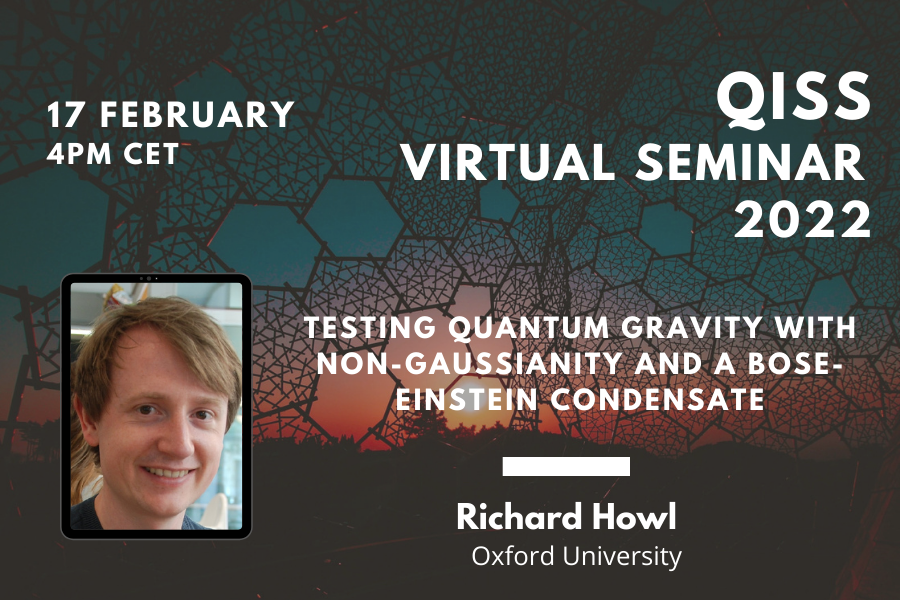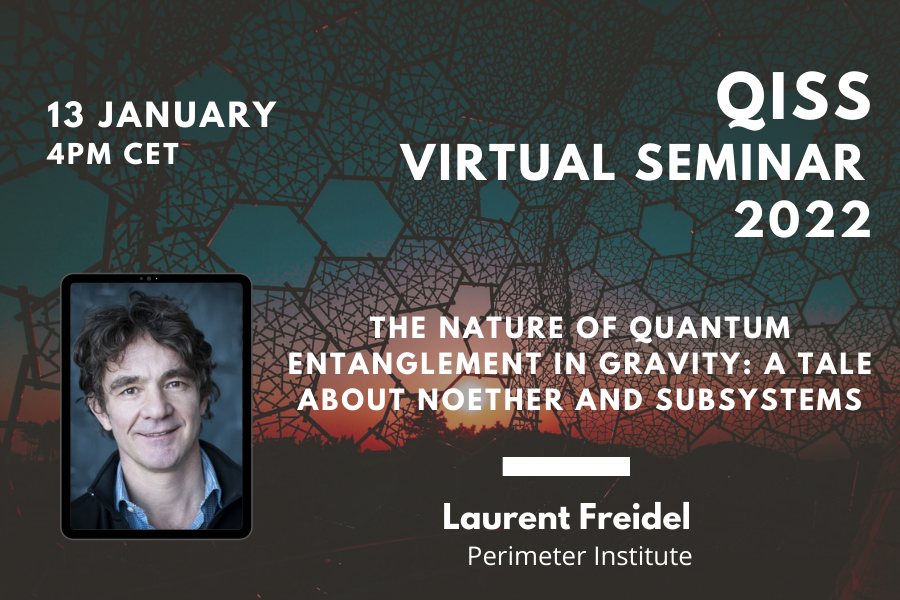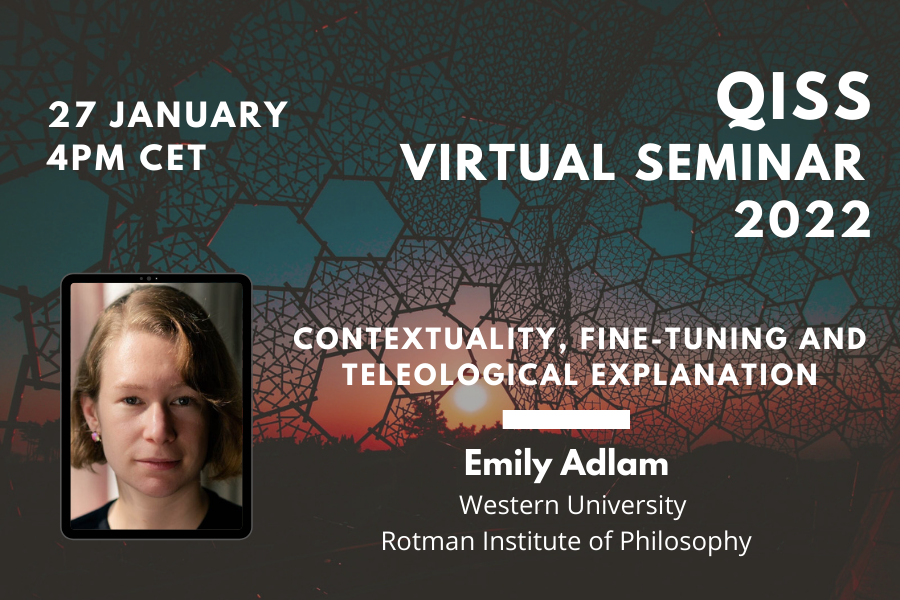Differentiating and Integrating ZDiagrams with Applications to Quantum Machine Learning
ZX-calculus has proved to be a useful tool for quantum technology with a wide range of successful applications. Most of these applications are of an algebraic nature. However, other tasks that involve differentiation and integration remain unreachable with current Ztechniques. Here we elevate Zto an analytical perspective by realising differentiation and integration entirely within the framework of ZX-calculus. We explicitly illustrate the new analytic framework of ZX-calculus by applying it in context of quantum machine learning for the analysis of barren plateaus.
